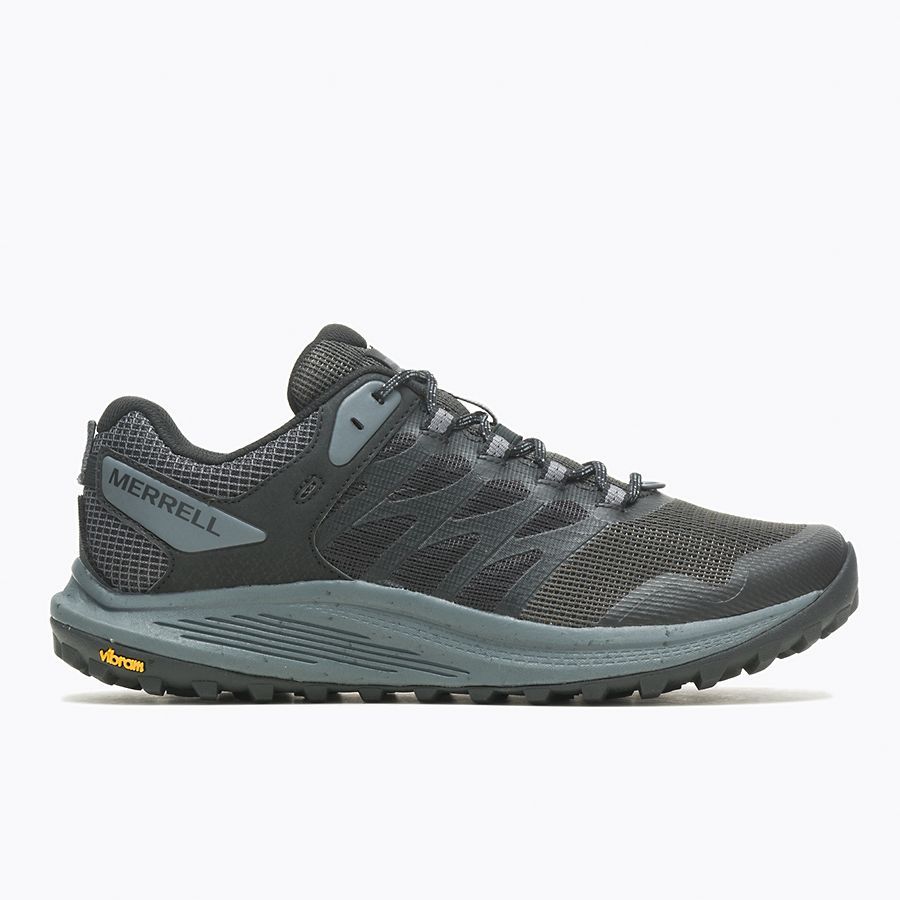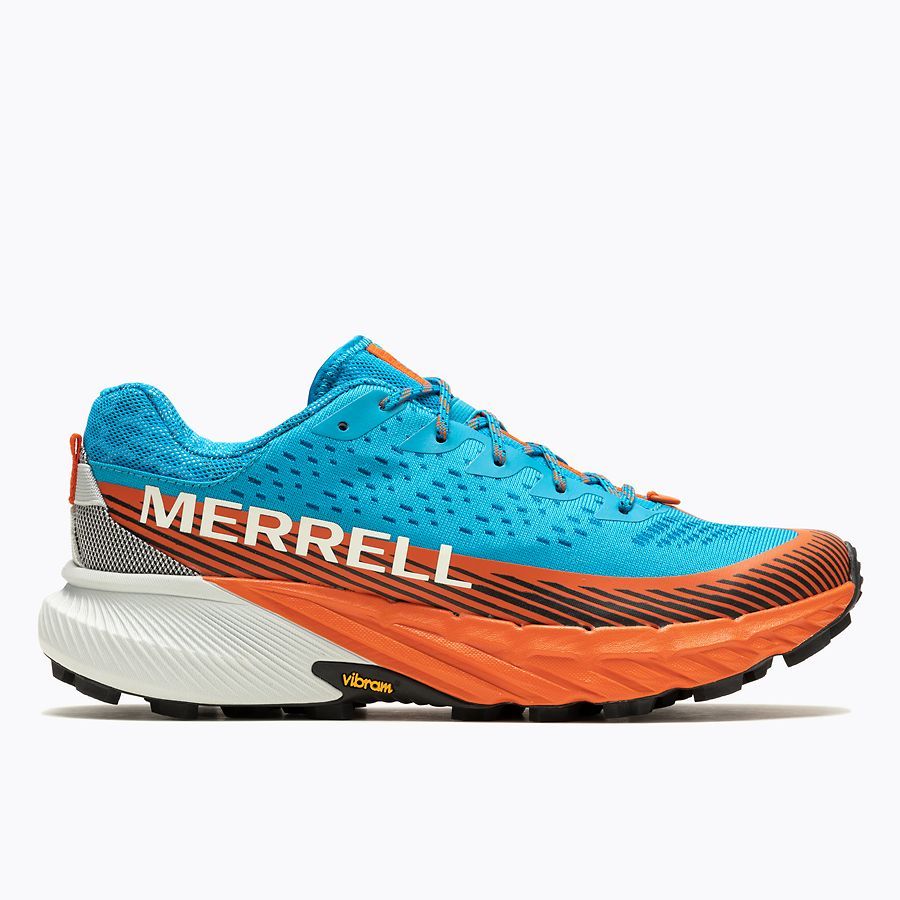[ad_1]
Nothing kills a workout routine like monotony. After back-to-back days of weight-lifting or neighborhood loops, it may be easy to find yourself bored—and thus, less motivated. One way to combat encroaching apathy is to embrace workouts that encourage adventure and spontaneity like trail running. Thanks to the scenery of the great outdoors and the physical benefits of challenging yourself on new terrain, taking to the trails offers a fresh experience that serves as the perfect counterpoint to indoor gym workouts and street running. We’ve put together this beginner’s guide to help you start trail running—plus the gear you’ll need to do it.
What are the benefits of trail running?
Unlike traditional road running—which mostly requires movement in the frontal plane—trail running demands more lateral (or side-to-side) movement. “Depending on the terrain, you’re challenging your body and legs in a whole new way with every step,” says Zandy Mangold, an ultramarathon runner, endurance coach, and certified running trainer.
As natural trails are uneven, running on them requires stability and balance—thereby strengthening your body, from your legs to your core. This added strength can have major pay-offs. In fact, research has found that trail runners are more powerful than their road running counterparts. In a February 2022 study published in the Journal of Strength and Conditioning Research, researchers assessed the power of trail runners versus road runners using eight-second all-out sprints on a stationary bike. The trail runners generated 16 percent more power and 23 percent more torque than the road runners. Trail runners also have better endurance compared to flat runners, according to data from the European Journal of Sports Science.
Perhaps even more important that the physical perks are the mental health benefits. “Trail running allows you to immerse yourself in nature, which has a calming and grounding effect,” says Haley Perlus, PhD, sports psychology. “Being surrounded by trees, fresh air, and natural landscapes helps lower stress levels and alleviate anxiety.” To successfully navigate natural obstacles requires focus and concentration, Perlus emphasizes. This type of mindful running encourages you to be fully present in the moment, promoting a sense of clarity and mental rejuvenation.
How do I start?
So you want to become a regular trail runner? It’s easy to incorporate this type of training into your pre-existing routine—but take it easy on your initial runs. Mangold recommends beginning with two days a week of trail running.
“It’s important that you let go of worrying about pace and just manage your effort during the first few weeks of trail running,” Mangold says. “If that means that you’re getting to steeper areas that you wouldn’t find on a road, don’t be afraid to slow down and hike. As you build up your strength and adapt, you’ll be surprised at how fast that hike turns into a jog, and that jog turns into a run.”
Mangold offers this training structure for new-to-the-trail athletes. Before you get going, remember that rest is important, too. Make sure to prioritize adequate sleep and refuel post-run with a carbohydrate/protein snack.
- Monday: Yoga/low-impact activity
- Tuesday: Easy 45-minute road run, finish with 6 x 15-second strides
- Wednesday: 60-minute trail run
- Thursday: 45-minute tempo road run
- Friday: Rest
- Saturday: :60 to :90 trail run
- Sunday: Runner’s choice (strength, cycling, or another road run)
What should I remember before hitting the trails?
It’s important to take proper safety precautions before going off-road. Runners should always share their location with a friend or family member, bring adequate hydration, and remember never to increase weekly mileage by more than 10 percent each week. While venturing into unfamiliar terrain is exciting, it’s an inherently unpredictable landscape.
“Once you get out there, you won’t look back,” he says. “Relative to road running, trail running is really an incredible way to see the world. You will see things and places you would’ve never seen otherwise, and you’re able to cover more ground.”
Do I Need Different Shoes?
The most important wardrobe decision for a runner is their shoes. Trails are untamed spaces, and your feet are going to bear the brunt of the damage if they’re not adequately prepared for the terrain that awaits them. Trail shoes are specifically designed to be more protective than road shoes to protect feet from uneven surfaces and stray debris like roots, rocks, and sticks.
Some of our go-to picks from Merrell:
Nova 3 GORE-TEX
This everyday trail running shoe with a waterproof GORE-TEX membrane is a blend of advanced trail technology and style. The Nova 3 is strong and flexible: The breathable mesh lining keeps your feet cool on warm days, while the rock plate provides extra protection against bangs and bruising. Cushioning pods in the forefoot and heel secure a low-impact landing.
Agility Peak 5
Weighing in at less than 10.5 ounces, the Agility Peak 5 is a lightweight model for any trail condition. The Vibram Megagrip outsole provides added grip on both dry and weight surfaces, while an increased rocker encourages a smooth gait cycle. Merrell’s signature FloatPro Foam provides midsole cushioning against trail debris.
[ad_2]


